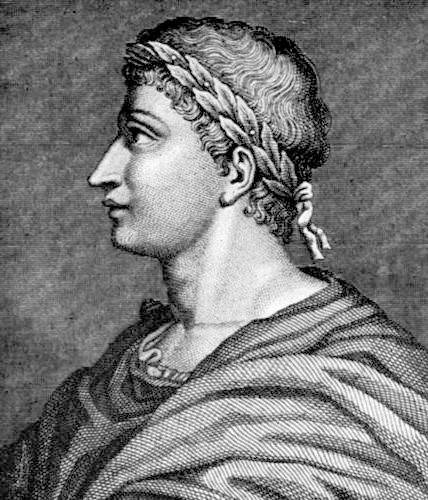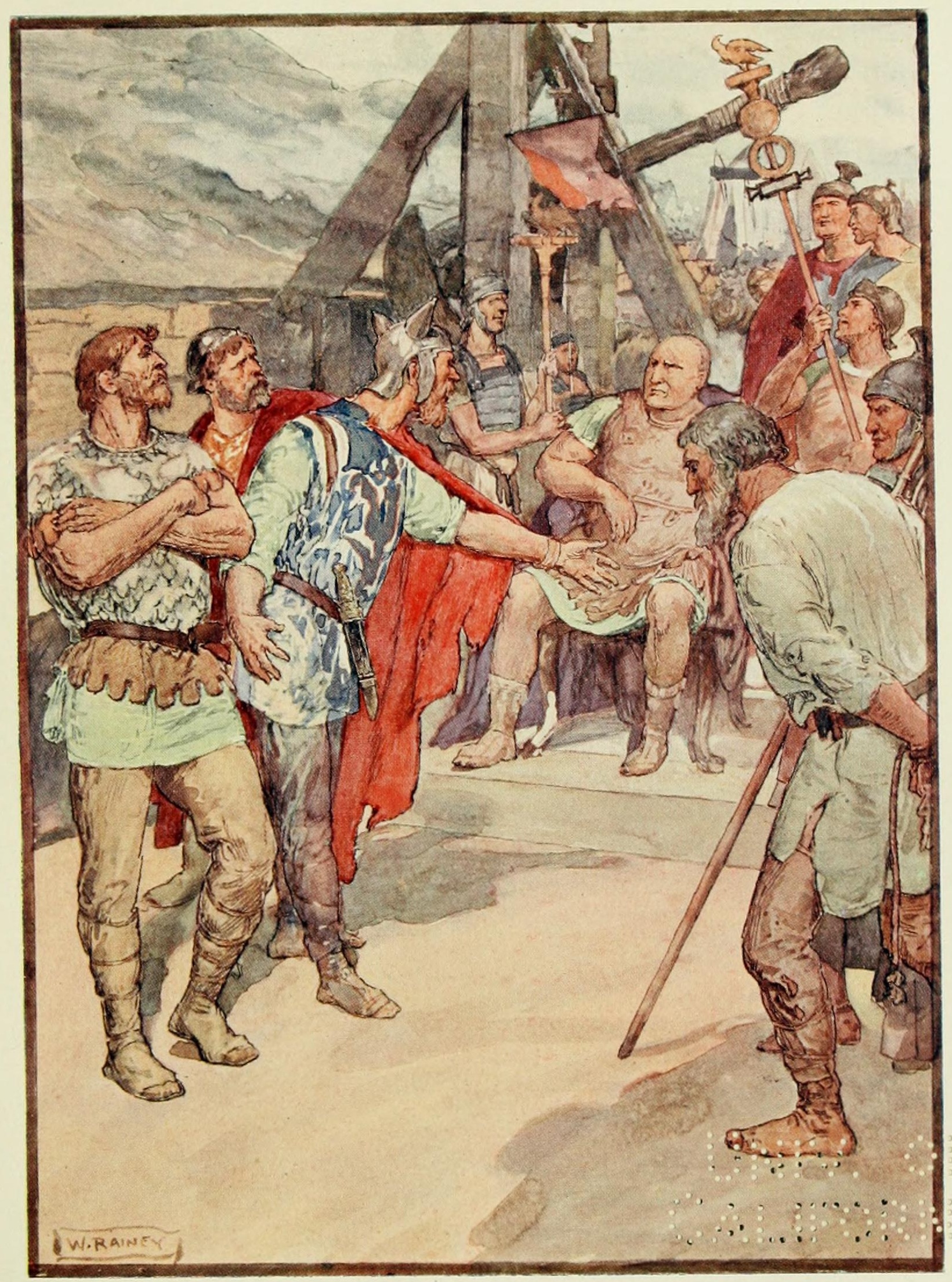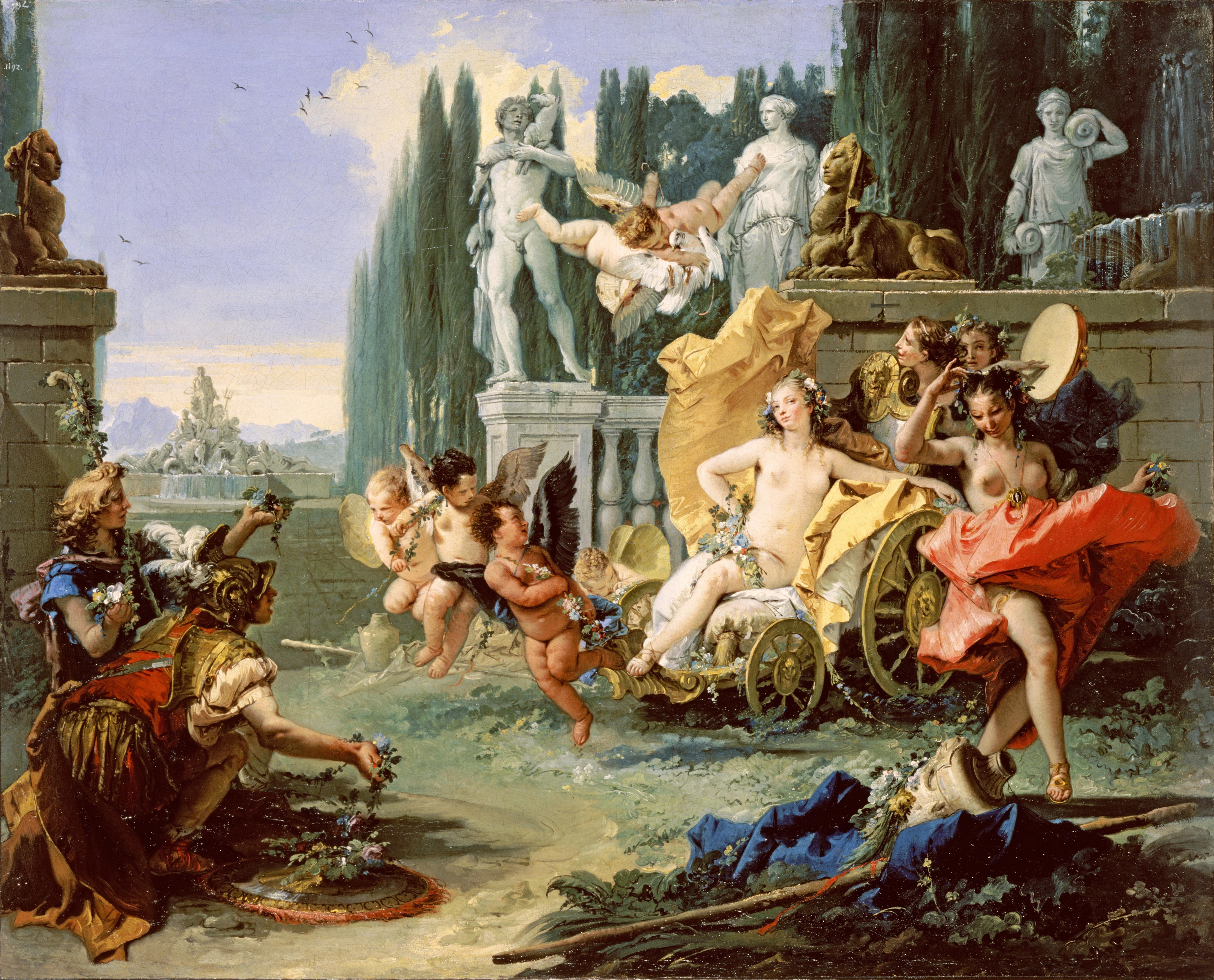|
Sulmona
Sulmona (; ) is a ''comune'' (municipality) in the province of L'Aquila, in the Italy, Italian region of Abruzzo. It is located in the Valle Peligna, a plain once occupied by a lake that disappeared in prehistoric times. In the ancient era, it was one of the most important cities of the Paeligni and is known for being the native town of the Roman poet Ovid, of whom there is a bronze statue, located on the town's main road. History Ancient era Sulmona was one of the principal cities of the Paeligni, an Italic tribe, but no notice of it is found in history before the Ancient Rome, Roman conquest. A tradition alluded to by Ovid and Silius Italicus, which ascribed its foundation to Solymus, a Phrygian and one of the companions of Aeneas, is evidently a mere etymological fiction. The first mention of Sulmo occurs in the Second Punic War, when its territory was ravaged by Hannibal in 211 BC, who, however, did not attack the city itself. Its name is not noticed during the Social War (9 ... [...More Info...] [...Related Items...] OR: [Wikipedia] [Google] [Baidu] |
Abruzzo
Abruzzo (, ; ; , ''Abbrìzze'' or ''Abbrèzze'' ; ), historically also known as Abruzzi, is a Regions of Italy, region of Southern Italy with an area of 10,763 square km (4,156 sq mi) and a population of 1.3 million. It is divided into four Provinces of Italy, provinces: Province of L'Aquila, L'Aquila, Province of Teramo, Teramo, Province of Pescara, Pescara, and Province of Chieti, Chieti. Its western border lies east of Rome. Abruzzo borders the region of Marche to the north, Lazio to the west and northwest, Molise to the south and the Adriatic Sea to the east. Geographically, Abruzzo is divided into a mountainous area in the west, which includes the highest massifs of the Apennines, such as the Gran Sasso d'Italia and the Maiella, and a coastal area in the east with beaches on the Adriatic Sea. Abruzzo is considered a region of Southern Italy in terms of its culture, language, economy, and history, though in terms of physical geography, it is often considered part of Cen ... [...More Info...] [...Related Items...] OR: [Wikipedia] [Google] [Baidu] |
Pamphilus Of Sulmona
Pamphilus of Sulmona (, died AD 700) was bishop of Sulmona and Corfinio (Valva) during the late 7th century. He is revered as a saint by the Catholic Church and the Eastern Orthodox Church. Biography Pamphilus was born in Abruzzo, probably around the middle of the 7th century. He was the son of a pagan who repudiated him when he converted to Christianity. He was elected bishop of Sulmona in 682. He is traditionally described as a person of a very generous and kindly spirit who was much concerned with the evangelization of the invading Lombards. While bishop, he was accused of Arianism by his clergy, but was acquitted of these charges by Pope Sergius I, who compensated Pamphilus with alms for the poor in his diocese. He died at Corfinio around the year 700. His remains are located in the Sulmona Cathedral, which is dedicated to Pamphilus. Veneration He is the patron saint of the cities of Sulmona, Spoltore Spoltore (locally ''Spuldórë'') is a ''comune'' and town in the pr ... [...More Info...] [...Related Items...] OR: [Wikipedia] [Google] [Baidu] |
Province Of L'Aquila
The province of L'Aquila () is the largest, most mountainous and least densely populated Provinces of Italy, province of the Abruzzo region of Italy. It comprises about half the landmass of Abruzzo and occupies the western part of the region. It has borders with the provinces of Province of Teramo, Teramo to the north, Province of Pescara, Pescara and Province of Chieti, Chieti to the east, Province of Isernia, Isernia (in Molise region) to the south and Province of Frosinone, Frosinone, Metropolitan City of Rome Capital, Rome and Province of Rieti, Rieti (in Lazio region) to the west. Its capital is the city of L'Aquila. The province of L'Aquila includes the highest mountains of the Apennines (Gran Sasso d'Italia, Gran Sasso, Maiella and Velino-Sirente), their highest peak, Corno Grande, the high plain of Campo Imperatore, and Europe's southernmost glacier, the Calderone glacier, Calderone. The province's major rivers are the Aterno-Pescara, Sangro, Liri, Salto, and the Turano; i ... [...More Info...] [...Related Items...] OR: [Wikipedia] [Google] [Baidu] |
Ovid
Publius Ovidius Naso (; 20 March 43 BC – AD 17/18), known in English as Ovid ( ), was a Augustan literature (ancient Rome), Roman poet who lived during the reign of Augustus. He was a younger contemporary of Virgil and Horace, with whom he is often ranked as one of the three Western canon, canonical poets of Latin literature. The Roman Empire, Imperial scholar Quintilian considered him the last of the Latin love elegy, elegists.Quint. ''Inst.'' 10.1.93 Although Ovid enjoyed enormous popularity during his lifetime, the emperor Augustus Exile of Ovid, exiled him to Constanța, Tomis, the capital of the newly-organised province of Moesia, on the Black Sea, where he remained for the last nine or ten years of his life. Ovid himself attributed his banishment to a "poem and a mistake", but his reluctance to disclose specifics has resulted in much speculation among scholars. Ovid is most famous for the ''Metamorphoses'', a continuous mythological narrative in fifteen books written in ... [...More Info...] [...Related Items...] OR: [Wikipedia] [Google] [Baidu] |
Valle Peligna
The Valle Peligna, also known as ''Conca di Sulmona'', is a plateau in central Abruzzo, southern Italy, included in the province of L'Aquila. It has a surface of some 100 km2. The valley takes its name from the Paeligni. In prehistoric times, it was occupied by a lake which disappeared after a series of earthquakes approximately 300,000 years ago, leaving the land full of marshes but fertile. The former barrier between the lake and the sea was in what are now the gorges of Popoli. Three hills near Sulmona are the relics of the single island in the lake. The valley is crossed by the rivers Aterno and Sagittario. In addition to Sulmona, the main centers in the plateau include Raiano, Vittorito, Corfinio, Pratola Peligna and Pacentro. Historically, it was inhabited by the Paeligni, an Oscan Oscan is an extinct Indo-European language of southern Italy. The language is in the Osco-Umbrian or Sabellic branch of the Italic languages. Oscan is therefore a close relati ... [...More Info...] [...Related Items...] OR: [Wikipedia] [Google] [Baidu] |
Paeligni
The Paeligni or Peligni were an Italic tribe who lived in the Valle Peligna, in what is now Abruzzo, central Italy. History The Paeligni are first mentioned as a member of a confederacy that included the Marsi, Marrucini, and Vestini, with which the Romans came into conflict in the Second Samnite War, 325 BC. Like other Oscan-Umbrian populations, they were governed by supreme magistrates known as '' meddices'' (singular '' meddix''). Their religion included deities, such as the Dioscuri, Cerfum (a water god), and Anaceta (the Roman Angitia), a goddess associated with snakes. On the submission of the Samnites, they all came into alliance with Rome in 305–302 BC, the Paelignians having fought hard against even this degree of subjection. Each member of the confederacy entered the alliance with Rome as an independent unit, and in none was there any town or community politically separate from the tribe as a whole. Thus the Vestini issued coins of its own in the 3rd century; each ... [...More Info...] [...Related Items...] OR: [Wikipedia] [Google] [Baidu] |
Solymus
In Greek mythology, Solymus or Solymos (Ancient Greek: Σολύμου) may refer to two individuals: * Solymus, an ancestral hero and eponym of the Solymi, who inhabited Milyas (i.e the area around Solyma), in south-west Anatolia. He was a son of either Ares and Caldene, daughter of Pisidus (probably the eponym of Pisidia), or of Zeus and Chaldene, Calchedonia or Chalcea "the nymph". Solymus was said to have married his own sister Milye, also a local eponymous heroine. Milye's second husband was named Cragus, presumed eponym of the city Cragus or Mount Cragus. It is unclear whether the name Solymus was derived from a mountain by the same name (now known as Güllük Dağ) in Anatolia, or vice versa. * Solymus, mentioned by Ovid as a Phrygian companion of Aeneas and eponym of Sulmona.Ovid, ''Fasti'4.79 Notes References * Pseudo-Clement, ''Recognitions'' from Ante-Nicene Library Volume 8'','' translated by Smith, Rev. Thomas. T. & T. Clark, Edinburgh. 1867Online ve ... [...More Info...] [...Related Items...] OR: [Wikipedia] [Google] [Baidu] |
Gaius Marius
Gaius Marius (; – 13 January 86 BC) was a Roman general and statesman. Victor of the Cimbrian War, Cimbric and Jugurthine War, Jugurthine wars, he held the office of Roman consul, consul an unprecedented seven times. Rising from a family of smallholders in a village called Ceraetae in the district of Arpinum, Marius acquired his initial military experience serving with Scipio Aemilianus at the Siege of Numantia in 134 BC. He won election as tribune of the plebs in 119 BC and passed a law limiting aristocratic interference in elections. Barely elected praetor in 115 BC, he next became the governor of Further Spain where he campaigned against bandits. On his return from Spain he married Julia (wife of Marius), Julia, the aunt of Julius Caesar. Marius attained his first consulship in 107 BC and became the commander of Roman forces in Numidia, where he brought an end to the Jugurthine War. By 105 BC Rome faced an invasion by the Cimbri and Teutones, and ... [...More Info...] [...Related Items...] OR: [Wikipedia] [Google] [Baidu] |
August Wilhelm Zumpt
August Wilhelm Zumpt (4 December 181522 April 1877 in Berlin) was a German classical scholar, known chiefly in connection with Latin epigraphy. He was a nephew of philologist Karl Gottlob Zumpt. Born in Königsberg, Zumpt studied at the University of Berlin (1832–36). From 1839 to 1851, he was a professor at Friedrich Werder Gymnasium (Berlin), afterwards working as a professor at Friedrich-Wilhelms-Gymnasium under the direction of Karl Ferdinand Ranke. He travelled extensively during his career; England (1845, 1860), Italy (1851, 1857, 1864), Greece, Egypt, Palestine and Asia Minor (1871–72).Biography of August Wilhelm Zumpt in ADB: Zumpt, Gottlob @ |
Sulla
Lucius Cornelius Sulla Felix (, ; 138–78 BC), commonly known as Sulla, was a Roman people, Roman general and statesman of the late Roman Republic. A great commander and ruthless politician, Sulla used violence to advance his career and his conservative agenda. Although he attempted to create a Constitutional reforms of Sulla, stable constitutional order, the Republic never recovered from his March on Rome (88 BC), coup d'état, Sulla's civil war, civil war, and Sulla's proscription, purges. Sulla held the office of Roman consul, consul twice and revived the Roman dictator, dictatorship. A gifted general, he achieved successes in wars against foreign and domestic opponents. Sulla rose to prominence during the war against the Numidian king Jugurtha, whom he captured as a result of Jugurtha's betrayal by the king's allies, although his superior Gaius Marius took credit for ending the war. He then fought successfully against Germanic tribes during the Cimbrian War, and Italian all ... [...More Info...] [...Related Items...] OR: [Wikipedia] [Google] [Baidu] |
Fasti (Ovid)
The ''Fasti'' ( , "the Calendar"), sometimes translated as ''The Book of Days'' or ''On the Roman Calendar'', is a six-book Latin poem written by the Roman poet Ovid and made public in AD 8. Ovid is believed to have left the ''Fasti'' incomplete when he was exiled to Tomis by the emperor Augustus in 8 AD. Written in elegiac couplets and drawing on conventions of Greek and Latin didactic poetry, the ''Fasti'' is structured as a series of eye-witness reports and interviews by the first-person ''vates'' ("poet-prophet" or "bard") with Roman deities, who explain the origins of Roman holidays and associated customs—often with multiple aetiologies. The poem is a significant, and in some cases unique, source of fact in studies of religion in ancient Rome; and the influential anthropologist and ritualist J.G. Frazer translated and annotated the work for the Loeb Classical Library series. Each book covers one month, January through June, of the Roman calendar, and was written sever ... [...More Info...] [...Related Items...] OR: [Wikipedia] [Google] [Baidu] |





